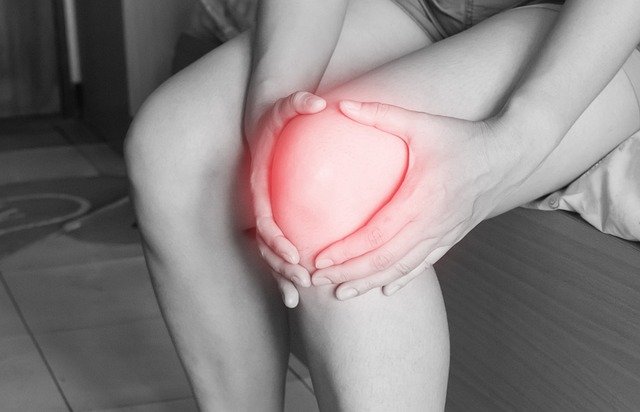Sciatica Early Signs and Treatment Options
Sciatica, a discomfort that radiates along the path of the sciatic nerve, often starts with sharp pain or numbness in the lower back that spreads to the buttock or leg. If you've ever experienced tingling, weakness, or a burning sensation along your lower back, buttock, or leg, it might be an early sign of sciatica. But worry not, this article aims to guide you through recognizing its early signs and exploring various treatment options.

Identifying Sciatica: Early Signs
Common early signs of sciatica include tingling, weakness, or a burning sensation along the sciatic nerve path. It often begins with a sharp pain or numbness in the lower back, spreading to the buttock or leg. However, these symptoms can vary significantly from person to person. Some people might experience a mild ache, while others describe the pain as excruciating, burning, or even electric-like.
Managing Discomfort: Home Remedies
Anti-inflammatory medications and hot or cold compresses are common remedies for managing discomfort. Over-the-counter medicines like ibuprofen can help reduce inflammation, while hot or cold compresses can soothe muscle tension. It’s crucial to remember that while these remedies can provide temporary relief, they are not long-term solutions.
The Role of Physical Therapy and Exercises
Physical therapy and gentle exercises can play a significant role in alleviating pain and improving flexibility. A physical therapist can provide a customized exercise regimen that focuses on strengthening the muscles that support your back and improving your flexibility. This approach can help reduce the pressure on your sciatic nerve, thereby reducing discomfort.
Treatment in Severe Cases
In severe cases, doctors may recommend steroid injections or even surgery to relieve pressure on the nerve. Steroid injections aim to reduce inflammation around the nerve, while surgery might be considered if the sciatica is caused by a herniated disk or bone spur. However, these options are typically reserved for cases where the pain is severe and does not respond to other treatments.
Sciatica Treatment Worldwide: Additional Information
While the basic principles of sciatica treatment remain the same worldwide, the specifics may vary based on local healthcare systems and resources. For instance, in some countries, alternative therapies like acupuncture or chiropractic care are widely used alongside conventional treatments. It’s essential to explore all available options and discuss them with your healthcare provider to determine the best course of action.
In conclusion, sciatica can be a painful and disruptive condition, but understanding its early signs and knowing your treatment options can go a long way in managing it effectively. Remember, it’s always best to consult a healthcare professional if you suspect you have sciatica or any other health condition.




